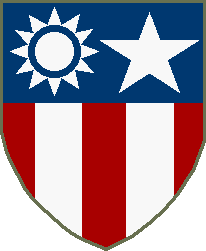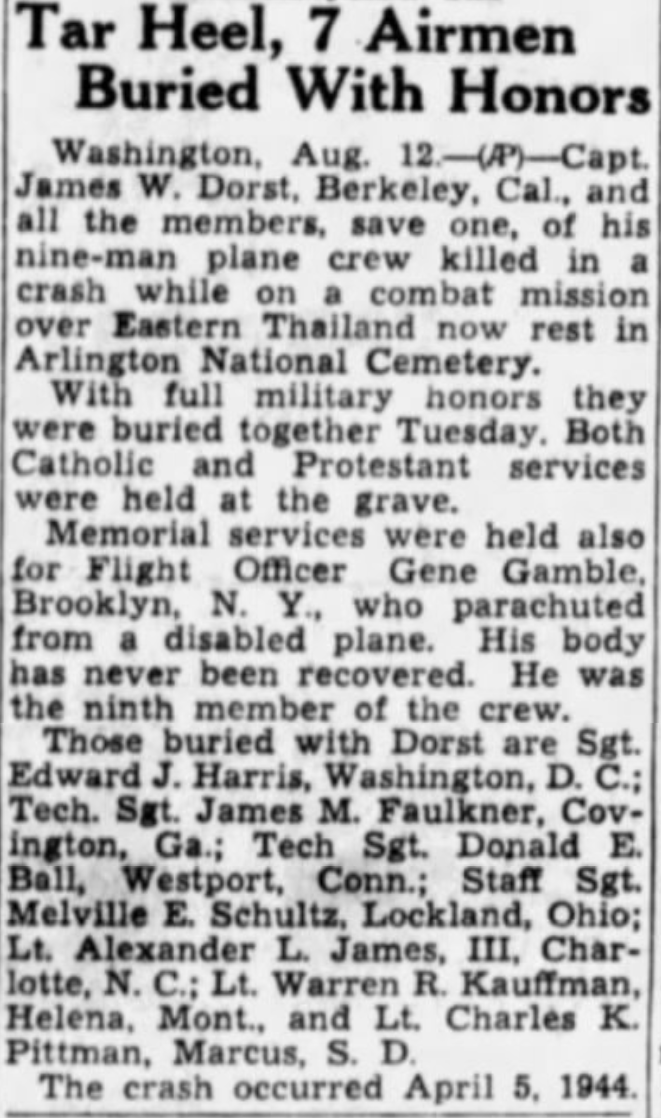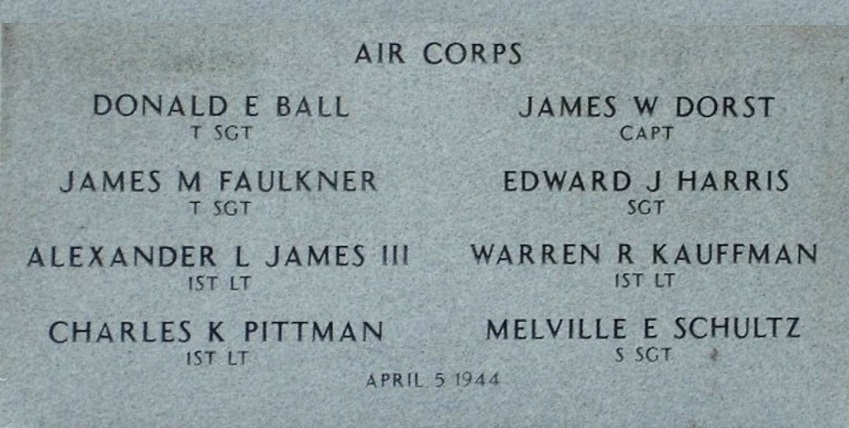

|

|
|
James Woolsey Dorst was born May 31, 1919, in Newburgh, New York to James Archer Dorst and Catherine Helene Woolsey. James Archer Dorst was a Captain in the US Army stationed at the US Military Academy at West Point, New York, while Catherine managed the household. They married the previous year while stationed at Camp Fremont, California.
The Dorst’s had a long tradition of military service, including the American Revolutionary War and US Civil War. The Dorst family ancestry dates back to the colonial days in New York, North Carolina, and Kentucky, with several ancestors immigrating to the US from Germany and Ireland. The Woolsey family dates back to the American colonial era, with deep roots in New York, and included ancestors who served in the American Revolutionary War. Captain Dorst was a graduate of the US Military Academy at West Point and was an engineer in the US Army.
James was the oldest of three siblings. His brother Joseph Haddox Dorst was born in 1920, followed by Richard Warrington Dorst (b1925). Typical of US military families, they relocated to towns near military bases as required by their father’s service. In 1925 they were living in San Francisco, California where Cpt Dorst was stationed at The Presidio. By 1930, the family was living in Honolulu, Hawaii while he was stationed at Schofield Barracks. In 1935, father was now a Lieutenant Colonel with the family living in Berkeley, California, and then transferred to Columbus, Ohio by 1940.
James Dorst graduated from Berkeley High School in 1936, and entered the University of California at Berkeley. There he was involved in the tennis team, the Rally Committee, and was a manager in intramural sports. He graduated in 1940 with a bachelor's degree in Economics.
James would enlist eight days after the Japanese attack on Pearl Harbor, on December 15, 1941 to serve with the US Army Air Corps with the ambition of becoming a pilot. He proceeded through primary, basic, and advanced flight training, eventually certified to fly multi-engine aircraft and commissioned as 2nd Lieutenant James Dorst. Lt. Dorst would be sent overseas to join the 7th Bomb Group (BG) of the 10th Air Force in the China-Burma-India theater of the war, where he would eventually be promoted to Captain.
The 7th BG had been sent to India in 1942 to assist Allied forces in thwarting the ambitions of the Japanese Empire in southeast Asia. Operations were directed primarily against the Japanese in Burma, with attacks on airfields, fuel and supply dumps, locomotive works, railways, bridges, docks, warehouses, shipping, and other targets. They also bombed oil refineries and railways in Thailand, hit power plants in China, attacked enemy shipping in the Andaman Sea, and ferried gasoline over the Himalayas to China. Originally equipped with B-17 Flying Fortress heavy bombers and B-25 Mitchell medium bombers, eventually B-24 Liberator bombers were added as the 7th BG’s primary fighting weapon. By 1944, the group was operating primarily out of its base in Pandaveswar Airfield, West Bengal State, India.
On April 5, 1944, Captain James W. Dorst joined a crew with 10 others in B-24J #42-73435 as an aerial observer on a 3-aircraft mission against a Japanese target, a stretch of the Burma-Siam railway. It was also known as the Death Railway due to the use of slave labor and prisoners of war by the Japanese for its construction through the mountains and jungles. The Japanese used the railway to transport troops and supplies in the prosecution of their Burma campaign. The target, along railway miles # 44 and 61, was on the southern leg of Burma near the border with Thailand, at 15° 32’ N, 98° 07’ E. Each aircraft was to drop its bombs individually.
B-24J #42-73435 was the last of the three aircraft to approach the railway for the low altitude bomb run. A B-24 may appear formidable from the ground, but it is a large, slow target when flying at an altitude of only 200 ft and following behind two others along the same course.
At about 1700 hrs and after dropping two of its bombs, the aircraft was struck by machine gun fire from atop a water tower. It climbed to 1500 ft when it exploded and crashed to the ground about 30 miles east of Ye, Burma. Four crew members bailed out of the plane prior to the crash. Seven perished in the crash. No search and rescue missions were launched.
Of the four crew members who bailed out, three were captured and imprisoned by the Japanese. Of these POW’s, two were eventually liberated by Allied forces, and one died while in prison camp.
Captain Dorst was observed to bail out, but he was not seen again by the POWs.


|
The remains of eight crew members of B-24J #42-73435 were eventually recovered and buried in a military cemetery in India. They were subsequently brought to the US under the Return of the War Dead program.
On August 9, 1949, Captain James Woolsey Dorst was interred in a grave shared with his crewmates at Arlington National Cemetery, Arlington Virginia. Captain Dorst was posthumously awarded the Purple Heart.
This story is part of the Stories Behind the Stars project (see http://www.storiesbehindthestars.org). This is a national effort of volunteers to write the stories of all 421,000+ of the U.S. WW II fallen saved on Together We Served and Fold3. Can you help write these stories? These stories will be accessible via smartphone app at any war memorial or cemetery.
Thanks to John Turanin for providing the information contained on this page. If you noticed anything erroneous or have additional information to contribute to it, please contact jjturanin@gmail.com.
All sources are documented in this Ancestry Public Profile and Family Tree (Membership required)
|